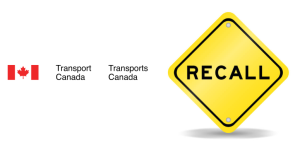Markham, Ontario — As the April 8th total solar eclipse draws near, the Sunnybrook Research Institute warns of a potential rise in traffic incidents. Analysis of the last total eclipse on August 21, 2017, revealed a notable increase in traffic hazards in the United States, with researchers finding “a significant increase in traffic risk…averaging to one extra vehicle crash every 25 minutes and one extra crash fatality every 95 minutes. The total amounted to 46 extra deaths linked to the eclipse.”
This observation was shared in a March 25th research letter in JAMA Internal Medicine. The team, led by Donald Redelmeier, pointed out that the heightened risks aren’t just due to the change in lighting conditions. “Instead, the findings likely derive from increased traffic, travel on unfamiliar routes, speeding to arrive on time, driver distraction by a celestial event, drug or alcohol impairment from related celebrations, or eclipse viewing from unsafe roadside locations,” Redelmeier explained.
The data for this study came from the NHTSA Fatality Analysis Reporting System, focusing on fatal traffic accidents in the U.S. around the time of the eclipse. A significant 31 percent increase in traffic risks was noted during the three-day period surrounding the eclipse.
With over 200 million Canadians and Americans potentially within driving distance of the upcoming eclipse, healthcare professionals emphasize the importance of safe driving practices. Dr. John Staples of the University of British Columbia’s Department of Medicine advises, “To help prevent another possible surge in traffic fatalities, clinicians might advise patients to respect speed limits, minimize distractions, allow more headway, wear a seatbelt and to never drive impaired.”








